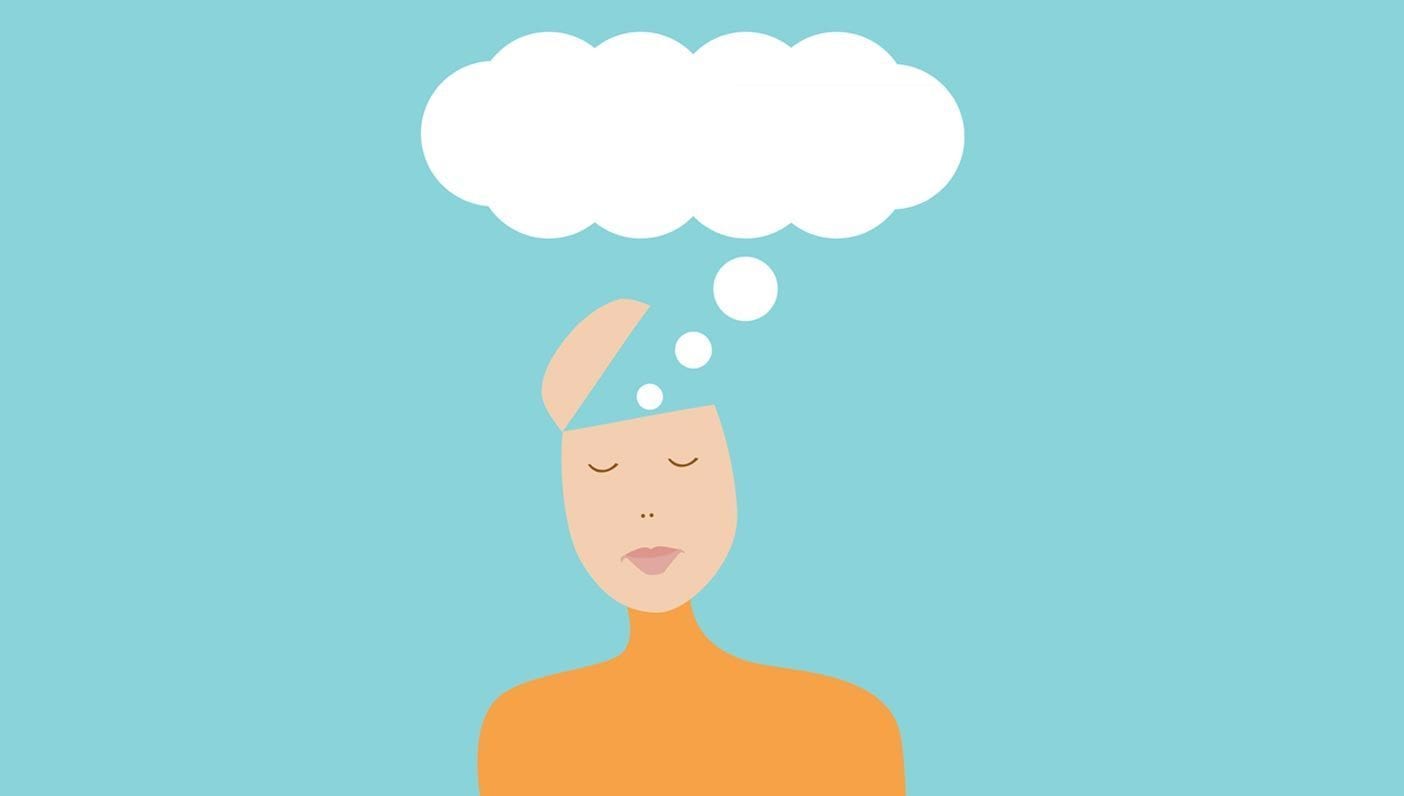
Walking with others or alone can be a form of meditation. Walking regularly can help with stress relief, tension reduction, and self-care. You can create a walking meditation practice that suits you by following these steps. Here are a few suggestions:
Focus on the sensation that your feet are in contact with the ground.
Focusing on your feet touching a smooth surface is a great way to meditate. Notice how your feet feel. Pay attention to their movements and where your feet are moving forward or backward. This technique is particularly useful when you are walking outdoors. It allows you to focus on different sensory experiences as you move. You can also label each step, which will help you to focus your thoughts and silence your inner chatter.
While walking as meditation, you can notice all the things in your world, including your thoughts, feelings, and moods. Notice what you are noticing without trying to interpret or analyze it. Remember that walking is a spiritual practice, and focusing on the sensation of your feet making contact with the ground is an important part of this process. For the best meditation, you can walk with a peace and open heart.
Walk as meditation. Forget about your smartphone. Instead, you should focus on the sensation that your feet make contact with the ground. While you walk, try to be open to all that is happening around you. This includes noticing the sounds and sensations of the sun on the skin. Notice your thoughts and emotions, and become more aware about your environment.
Step two in walking meditation is to become fully aware of the contact between your feet and the ground. Walking should feel as natural as breathing. You don't need to worry about other things or your destination. Start walking at a steady pace. Your attention will improve the longer you walk, the better. When you've reached the end of the path, try to continue your walking meditation with your mind free from distractions.
Meditation can bring you more inner peace by making your feet feel like they are touching the ground. Walking meditation can be a simple but effective way to meditate. The benefits will be apparent if you keep practicing it every day. There is no better way to get inner peace than by focusing your attention on your feet as you walk. Try this technique for yourself by going on a walk.
The impact of the air on skin is what you should focus on
Walking slowly, focusing on the air and feeling of your skin is a great way for you to connect with the moment. Walk slowly, noticing the ground beneath your feet, and take note of the sensations you are experiencing. It is possible to notice changes in your mood and body sensations. This is a great way to remind ourselves of how precious our lives are. Our walking experiences are often taken for granted. However, if we treat them as meditation, it will make us feel a lot happier.

You can concentrate on the various aspects of walking, such as the breath, sensations in your feet, and the feeling of your legs. You can also pay attention to the air and floor as well your movement. Focusing on these details can help you be more present and less stressed throughout the day. Walking meditation is accessible to anyone of any age. Take five minutes to meditate on the air and your skin for five minutes. Next, pay more attention to the tactile sensations in your surroundings.
Walk meditation at a slower pace
A common walking meditation technique is called mindful walking. It is about focusing your attention solely on your body sensations. Focusing on the rhythm and beat of your stride is a powerful way for you to be present in the moment. You will notice that the sensations you feel as you walk are completely different than when you are standing still. Walking requires that you pay attention to your thoughts and feel the sensations in your body. This type of walking meditation is beneficial for people with stress and anxiety, as it can help you focus on different parts of your body and relieve anxiety and stress.
Walking meditation is a simple technique. Keep your awareness in the midst of your walking journey. Your inner and outer worlds can be balanced by walking with your chin up and your spin. With your eyes closed, you can practice walking meditation. For guidance, you can use a mantra and/or prayer. This practice is simple to integrate into your daily life. It trains your mind and body to be relaxed and mindful.
Walking meditation is intended to help maintain mental clarity. So choose a calm area and walk slowly. Choose a quiet lane where you can walk at around 10-15 mph without stopping. You can do walking meditation indoors and outdoors, but it does not need to be very long. The main objective of walking meditation is to stay focused and aware of your body and the sensations it experiences while walking.
Walking meditation is a good way to start feeling its benefits. It helps relieve physical discomfort associated with sitting meditation. Walking meditation is a great option for people with stiff backs and ankle pain. Walking meditation reduces stress on the brain. By combining walking meditation with mindfulness, it will create a more comfortable environment for you to meditate. If anxiety is something you struggle with, meditation can help.
For walking meditation, set incremental goals
You can make your walking meditation routine a habit by setting incremental goals. Set a goal to walk for five minutes every week. You can set another goal every two to three days. Each one will help build on the previous. By doing so, you will become accustomed to the practice. Soon, you will be walking at least ten minutes per day. It's not difficult. But, to make it easier to stick to, you can set smaller goals such as completing a five-minute walk on a daily basis.

Start by standing with your knees bent. Start by taking a few deep, long breaths. Then, focus on your body and what sensations you experience while walking. This practice is very effective at increasing awareness of body sensations. Start small, and then work your way to a more advanced walking meditation. After mastering these techniques, you can progress to standing meditation. When you begin this practice, you'll be able to practice mindful walking.
Set an incremental goal while you are walking. You should aim to reach each new goal at a pace where you can comfortably walk for ten to fifteen minutes. You should also ensure that you're walking in a place with good air quality. Walking meditation can be a great form of meditation and it can have a huge impact on your health. You can increase your energy levels, lower stress, and improve your mental state. It's also low-impact and simple to do. Walking meditation is a subtle practice that can only be noticed with regular practice. It's worth the effort!
Your mind will start to calm down as you walk meditation. Focus on each step and every detail as you move. Pay attention both to your breathing and the sensations that you experience in your body. You'll eventually notice more details about yourself. The less stiff you feel, the more you will practice walking meditation. Focusing on each step will help you to be more focused.
FAQ
What do psychologists have to say about mental illness?
Psychologists believe mental health is an important part of human growth. They believe mental health does not simply refer to having no mental illness but also being mentally fit.
Different views are held by psychologists about mental health. Some psychologists think that mental health is not necessary because there are so many people who have no mental illnesses. Other psychologists believe mental health is crucial because we cannot function properly without it.
What should I do when I'm experiencing mental health problems?
It is vital to seek support if you are experiencing any mental health problems. You might have experienced some sort of trauma or abuse in the past. It's possible that this has affected how you think about yourself.
An eating disorder, addiction, and other mental illnesses could also be a problem. These disorders can cause serious damage to your life.
It is best to not try to solve them all by yourself. Talk to someone who is familiar with the subject. These challenges can be overcome with the help of a professional therapist.
What are some mental-emotional issues?
Any condition that causes severe distress or impairment in functioning is considered a mental disorder. Mental disorders include anxiety, bipolar disorder (depression), schizophrenia, borderline personality disorders, obsessive-compulsive disorders, post-traumatic stress disorder (PTSD), eating disorders, substance abuse and other.
Statistics
- Similarly, for positive mental health, there is likely to be substantial agreement about some typical components (e.g., resilience to stress) 6, and controversy about more atypical components (e.g., career consolidation). (ncbi.nlm.nih.gov)
- It does have some influence, but not nearly as much as we might think, so focusing less on attaining wealth will likely make you happier (Aknin, Norton, & Dunn, 2009); (positivepsychology.com)
- More than 40 million adults in the United States have an anxiety disorder, but less than 37% of people seek mental health treatment for their symptoms. (talkspace.com)
- It means no drinking any alcoholic beverages and no taking any drugs that aren't 100% natural.
- Neuropsychiatric diseases are the leading cause of death and disability in the U.S., accounting for 18.7 percent of all years of potential lifespan loss and premature mortality.
External Links
How To
How to Manage Stress
Stress is normal. However, we need to be able to relax and ease our tension when we feel stressed. Stress can impact every area of your daily life. It can cause physical problems such as headaches, neck pain, back pain, stomach aches, heartburn, diarrhea, constipation, insomnia, depression, anxiety, and muscle spasms. You may even develop ulcers if you're under chronic stress.
There are many ways to reduce stress. Exercise helps you release endorphins, which make you happy, relaxed, and calm. Meditation reduces stress levels by helping you slow down and take deep breaths. Yoga is another great option to relieve stress and improve your overall health.
It is important to learn how stress can be controlled and eliminated. If you don't know what to do, ask someone who knows.